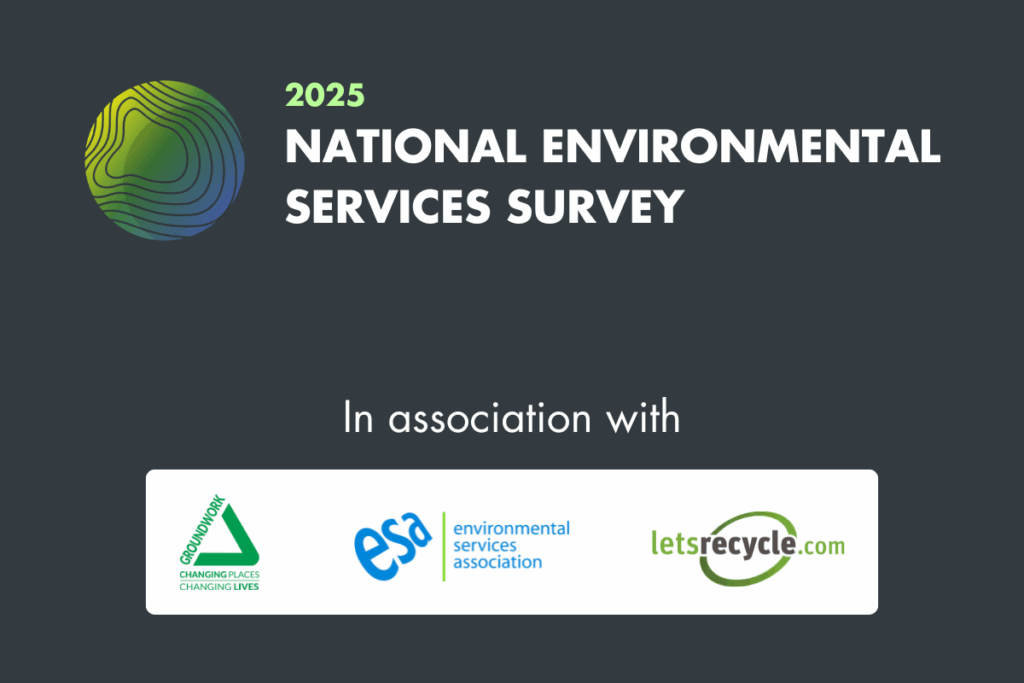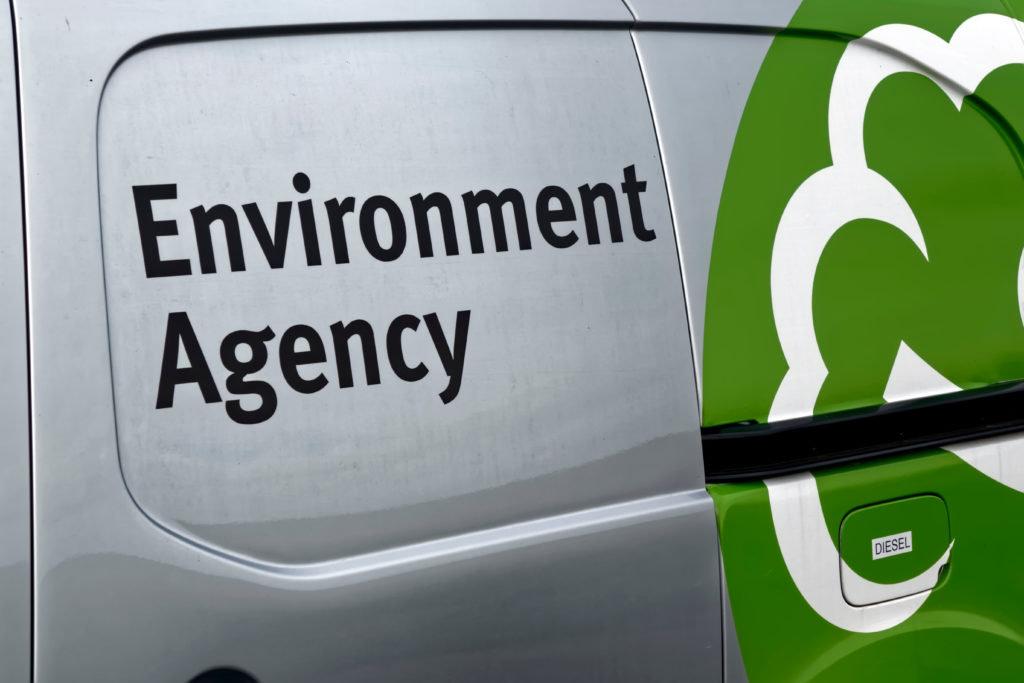Only if the MBT end product is recovered as refuse-derived fuel will it avoid counting towards council allowances under the forthcoming Landfill Allowance Trading Scheme.
The ruling is set out in a new consultation paper put out by the Agency – Assessing the diversion of biodegradable municipal waste from landfill by MBT and other options – which seeks comments before February 21, 2005.
The paper sets out tests for measuring the biodegradability of municipal waste under the LATS system, which limits the amount of biodegradable waste councils can landfill from April next year (see letsrecycle.com report).
The Agency, which has regulatory responsibility under the LATS system will use a mass balance approach to determine how much biodegradable waste disposal authorities send to landfill. Comments are invited on how to sample waste to calculate its biodegradability.
Options
In order to achieve the landfill diversion needed to meet their obligations under the LATS system, many councils are looking to new waste treatment plants including incinerators and MBT. The Agency accepts that its ruling on MBT could affect which option councils choose.
MBT sees a combination of mechanical separation and biological action to recover materials from mixed municipal waste. Typically, of the waste entering the process 30% to 50% can arise as a residue at the end of the process, to be either sent to landfill or recovered at an incinerator as refuse-derived fuel (RDF).
Ruling
The Agency's ruling for MBT is that unless the end product is sent to an incinerator, it will count towards landfill allowances. Even if the MBT product is being used as landfill cover, it should still count towards allowances, the Agency said.
It stated: “The fact that an MBT output is being used as some form of cover at a landfill does not in itself mean that the waste is not being landfilled for the purposes of the landfill allowances scheme.”
Only if material from the MBT process can be shown to be non-biodegradable will it avoid counting towards LATS, the Agency said.
Another possible loophole is if the MBT product can be shown to have “agricultural benefit of ecological improvement” and be exempt from the waste licensing regulations. However, the Agency believes this could be “open to potential abuse” and is considering further guidance for staff.
A full copy of the Environment Agency's consultation is available on the Agency website.







Subscribe for free